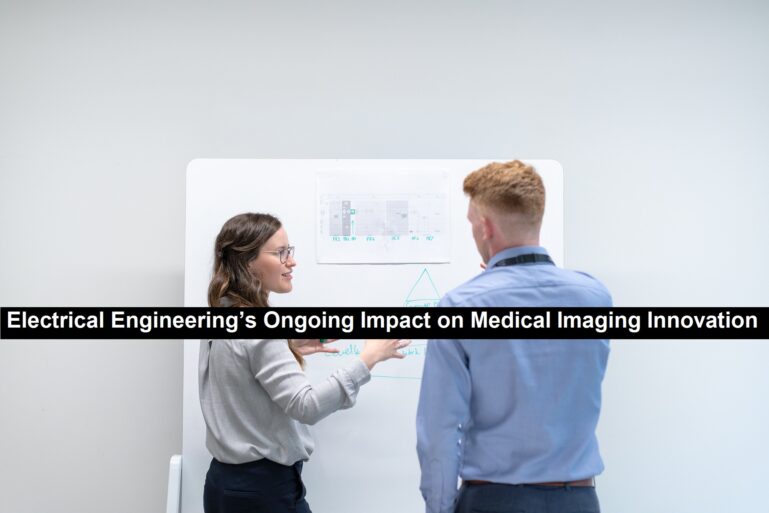Electrical Engineering’s Ongoing Impact on Medical Imaging Innovation

The evolution of medical imaging has been heavily influenced by electrical engineering, enabling significant advancements in healthcare diagnostics. Through their work, electrical engineers have created powerful tools that allow doctors to peer inside the human body, aiding in everything from disease detection to treatment planning.
The medical imaging revolution began with the discovery of X-rays in 1895. This was a pivotal moment for medicine, as it allowed for the non-invasive exploration of the body. Electrical engineers have since developed digital X-ray systems that have improved image clarity, speed, and patient safety by reducing radiation exposure.
Read: How To Tackle Scalable Projects With Laravel
By the 1970s, electrical engineers were at the forefront of developing advanced imaging technologies like magnetic resonance imaging (MRI) and computed tomography (CT) scans. These innovations—MRI using radio waves and magnetic fields, and CT scans providing cross-sectional views via X-rays—rely heavily on electrical engineering expertise. Engineers have continued to optimize these systems, reducing scan times and improving image resolution for more accurate diagnoses.
The digital era of the 1990s saw another leap forward in medical imaging. With the introduction of digital sensors, electrical engineers enabled faster and more efficient ways to capture, store, and share medical images. This advancement greatly improved diagnostic workflows in medical settings.
Today, electrical engineers are driving the next generation of medical imaging advancements. One key area is the application of artificial intelligence (AI) to automate image analysis, improve diagnostic accuracy, and streamline workflows. Additionally, engineers are making significant strides in the miniaturization of imaging devices, which is expanding access to diagnostics in remote and underserved regions.
Medical-Imaging-InnovationDespite the tremendous progress, challenges like reducing costs and radiation exposure, as well as ensuring data privacy, still need to be addressed. However, with the continued collaboration between engineers, medical professionals, and every mechanical contractor, the future of medical imaging is promising, and electrical engineering will remain at the heart of this progress.
